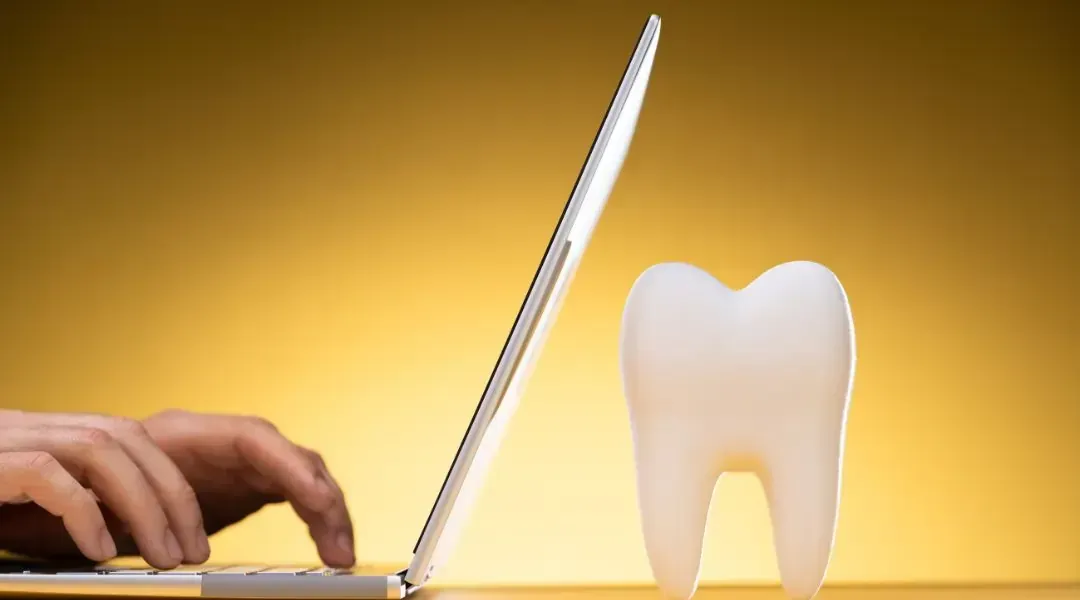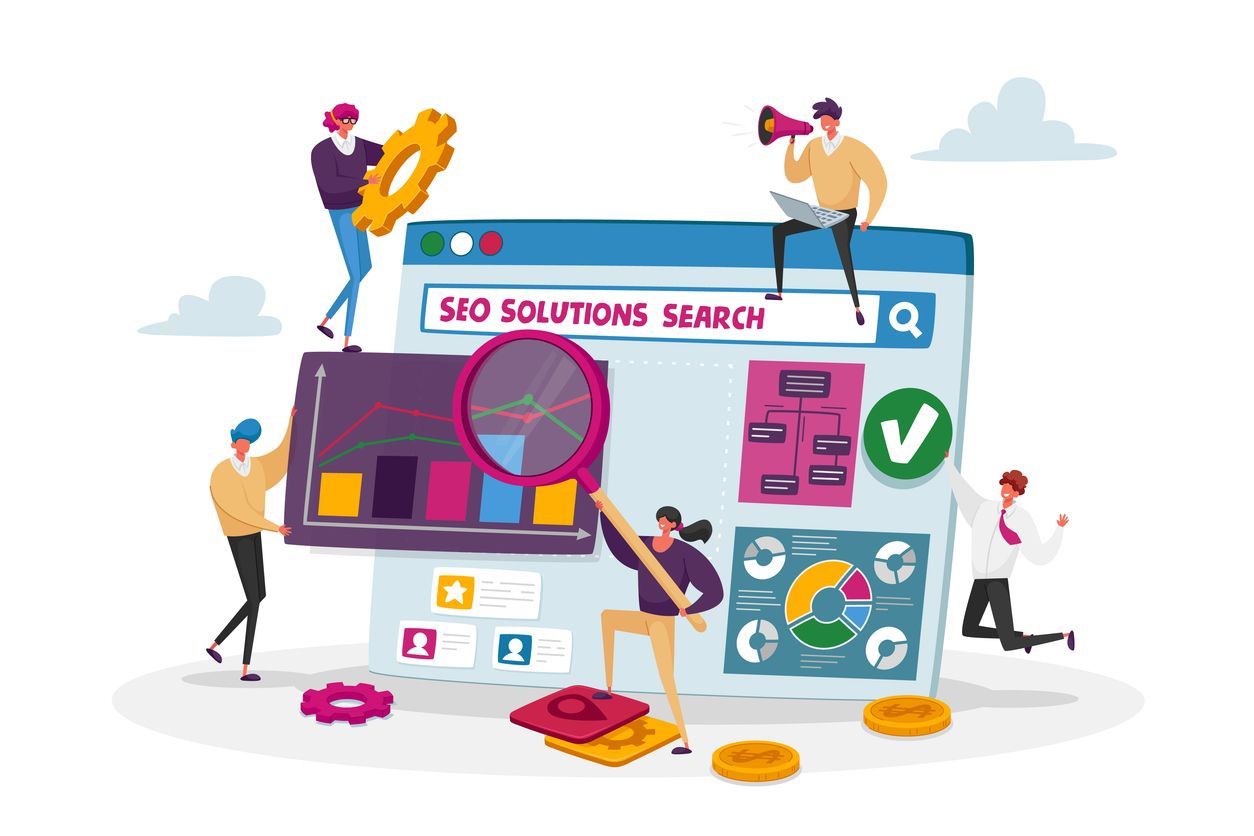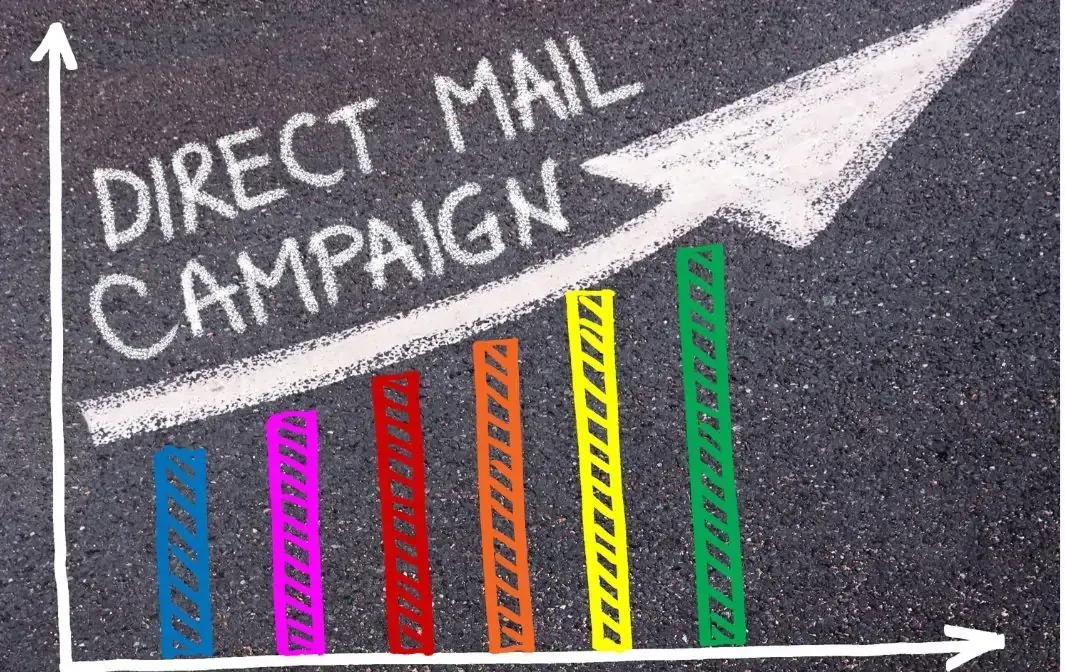Comprehensive Guide to Creating Effective Dental Webinars

In today's digital landscape, dental webinars have emerged as a crucial tool for dentists and dental marketers. These online seminars provide an excellent platform to share knowledge, showcase expertise, and engage with a wider audience. This comprehensive guide will walk you through the essential steps to plan, promote, and execute successful dental webinars that are both engaging and informative.
Why Host Dental Webinars?
Hosting dental webinars offers multiple benefits for your practice or dental marketing strategy:
- Knowledge Sharing: Offer valuable insights and share the latest trends in dentistry.
- Brand Building: Establish your practice as a thought leader in the dental industry.
- Lead Generation: Attract potential new patients or clients through engaging content.
- Networking: Connect with industry experts and peers in the dental field.
Planning Your Dental Webinar
1. Define Your Objectives
Start by outlining the goals of your webinar. Whether you’re looking to educate peers, market new products, or attract potential patients, having clear objectives will help guide your content, structure, and promotion efforts.
2. Choose the Right Topic
Selecting a topic that resonates with your target audience is crucial. Popular topics for dental webinars include:
- Innovations in dental technology
- Best practices in patient care
- Cosmetic dentistry techniques
- Dental health and hygiene tips
Make sure the topic is relevant to your dental audience and addresses their pain points or interests.
3. Select the Appropriate Platform
Choosing the right platform for your dental webinar is essential. Some popular platforms include:
- WebinarJam: User-friendly with robust features, perfect for engaging audiences.
- GoToWebinar: Known for reliable performance and comprehensive analytics.
- HubSpot: Integrates seamlessly with marketing tools, ideal for dental marketers.
4. Plan the Content
Content planning is key to keeping your webinar engaging and informative. A well-structured webinar might include a combination of presentations, live demonstrations, and Q&A sessions. Here’s a suggested format:
- Introduction: Overview and objectives (5 minutes)
- Main Content: In-depth discussion on the topic (30-40 minutes)
- Interactive Segment: Q&A or live polls (10-15 minutes)
- Conclusion: Summary and key takeaways (5 minutes)
Use visuals, videos, and case studies to keep your audience engaged and deliver real value.
Promoting Your Dental Webinar
1. Create a Compelling Landing Page
Design a landing page that clearly details your webinar's date, time, topic, and speakers. Ensure the copy is engaging, and use high-quality visuals to capture interest. Include a clear call-to-action (CTA) to drive registrations.
2. Utilize Email Marketing
Email marketing remains one of the most effective tools to promote webinars. Send invitations to your existing contact list, and segment your audience for tailored messaging. Your emails should include:
- A catchy subject line
- A brief description of the webinar
- A registration link
- Speaker bios and their credentials
3. Leverage Social Media
Promote your webinar across social media platforms like Facebook, LinkedIn, and Twitter. Use targeted ads to expand your reach and create a series of posts to build anticipation. Include engaging visuals, and make sure to post regular reminders.
Learn more about our social media marketing services for effective social media marketing.
4. Partner with Influencers
Collaborating with dental influencers or industry experts can expand your reach significantly. They can co-host or promote your webinar, leveraging their following to attract more attendees.
5. Use Paid Advertising
Invest in paid advertising to reach a broader, targeted audience. Platforms like Google Ads and Facebook Ads can help you target specific demographics and interests.
Executing Your Dental Webinar
1. Test Your Setup
Before going live, ensure that all technical aspects are functioning properly. Test your internet connection, audio, and video quality. Familiarize yourself with the platform’s features to avoid any technical glitches during the webinar.
2. Engage Your Audience
Keep the audience engaged with interactive elements such as live polls, Q&A sessions, and chats. Encourage participation by asking questions and responding to comments in real time.
3. Provide Value
Focus on delivering valuable content. Avoid excessive promotion and instead, aim to educate and inform your audience. Incorporate real-life examples, case studies, and actionable tips to make the webinar more practical and useful.
4. Follow Up
After the webinar, send a follow-up email to all attendees. This should include:
- A thank-you note
- A link to the webinar recording
- Additional resources or special offers to keep them engaged
This follow-up is crucial for building lasting connections and reinforcing your brand.
Advanced Tips for Successful Dental Webinars
1. Optimize for Voice Search
With the rise of voice search, it’s important to optimize your webinar content accordingly. Use natural language in your presentation and address common questions your audience might ask via voice search tools like Siri or Google Assistant.
2. Personalize Content
Segment your audience and personalize the content you present. Use AI-driven tools to tailor invitations and follow-ups based on demographics and behavior.
3. Analyze and Improve
Use analytics provided by the webinar platform to evaluate performance. Track attendance rates, engagement levels, and attendee feedback to identify areas for improvement in future webinars.
4. Record and Repurpose Content
Record your webinar and repurpose the content for multiple platforms. You can convert the webinar into blog posts, social media snippets, or podcasts. This will extend the life cycle of your content and reach a wider audience.
FAQs
Q1. What is the best time to host a dental webinar?
A: The best time depends on your audience’s location, but generally, mid-week (Tuesday to Thursday) and mid-morning or early afternoon work best.
Q2. How long should a dental webinar be?
A: A typical webinar should last between 45 to 60 minutes, which is enough time to cover the topic in depth without losing audience interest.
Q3. How can I increase webinar attendance?
A: Promote your webinar across multiple channels, offer valuable content, and send reminders leading up to the event.
Q4. What equipment do I need for a high-quality webinar?
A: A good microphone, a high-resolution camera, and a stable internet connection are essential. Additionally, hosting your webinar from a quiet, well-lit space can make a significant difference in the overall quality.
Q5. How can I keep my audience engaged during the webinar?
A: Use interactive elements like polls, Q&A sessions, and live chats. A dynamic mix of presentations, videos, and demonstrations can also maintain interest.
Hosting dental webinars effectively requires thorough planning, strategic promotion, and engaging execution. By defining clear objectives, selecting relevant topics, and optimizing your content for voice search and personalization, you can create impactful webinars that resonate with your audience. Continuously evaluate and improve your webinar strategies to maximize your reach and impact.
If you're looking for help with dental marketing strategies, check out our services to get started.






















